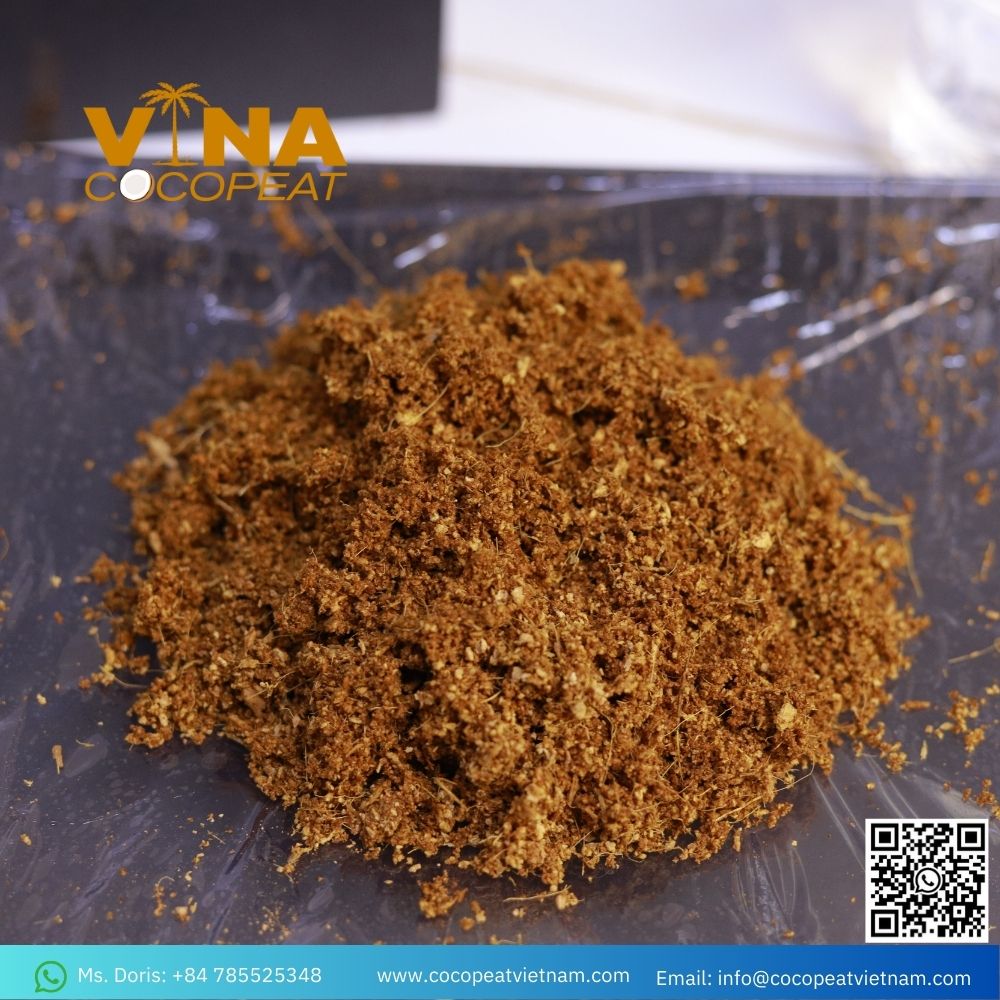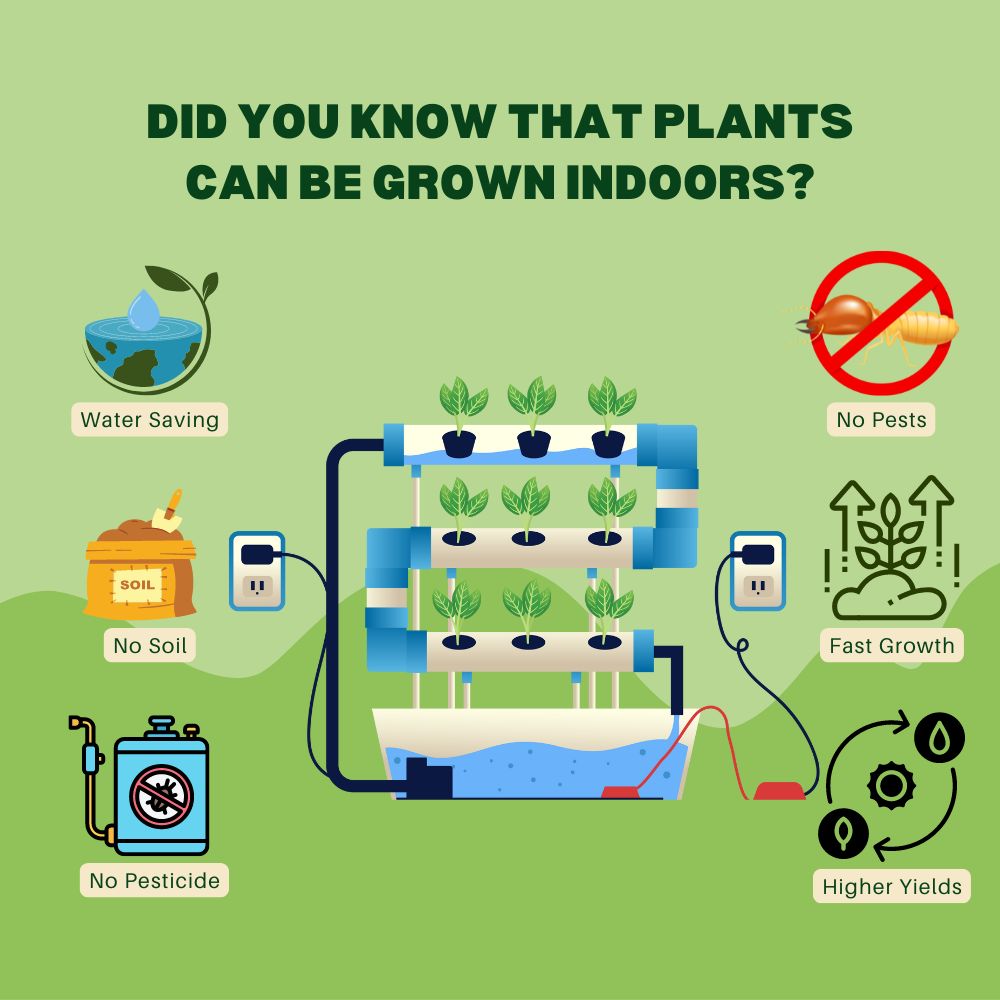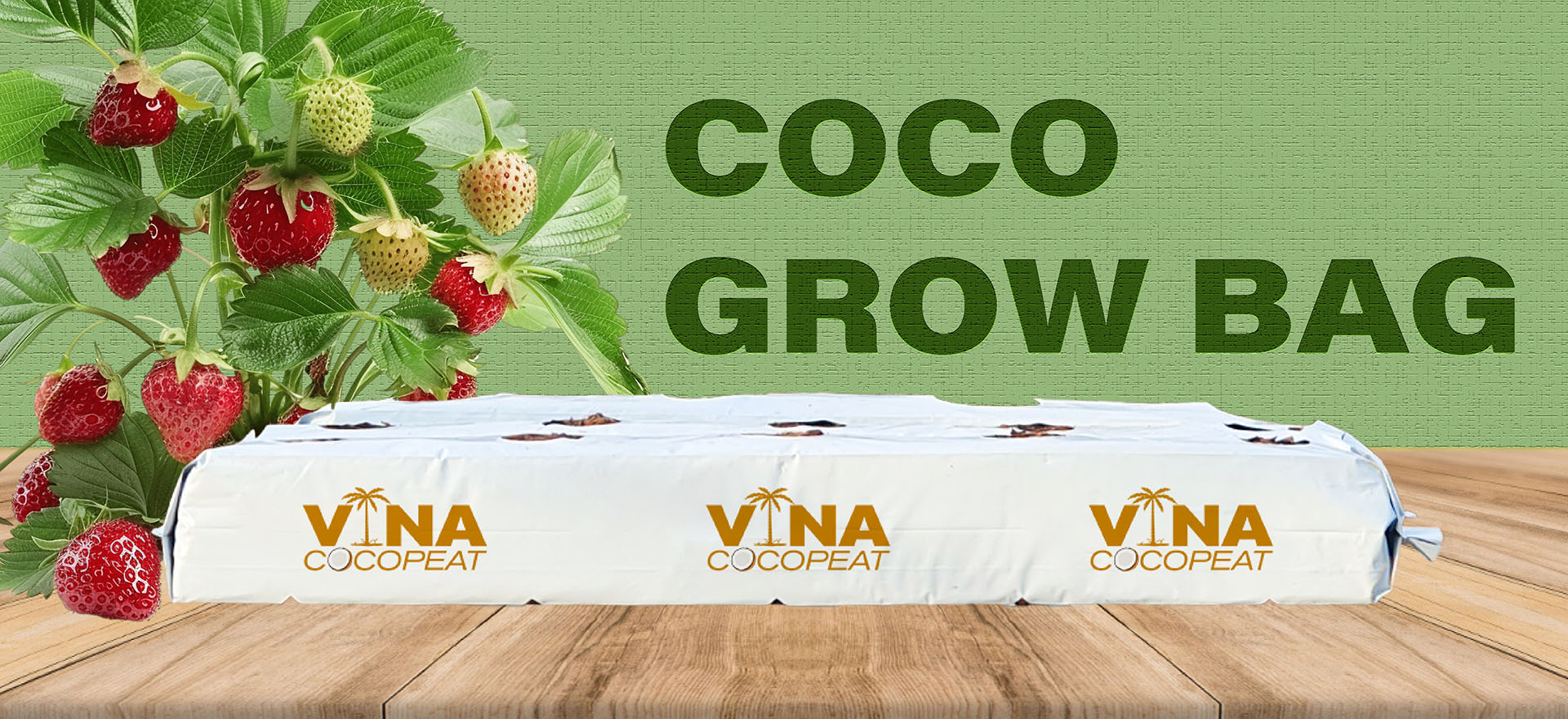These comprise cutting-edge and eco-friendly methods for a sustainable global community. For example, coco peat hydroponics, one of the methods that is becoming more popular, has demonstrated a favorable trend in raising the output of agricultural products. Agriculture as we know it is evolving. It could be a different universe that makes life on Earth more environmentally friendly.

Understanding Coco Peat Hydroponics
Generally speaking, hydroponics is a method of growing crops in which soil is not required; instead, the crops can be grown in a solution that is fully nutrient-rich. Coco peat, also known as coir pith, is made by processing coconut husks. Because of its high porosity, which promotes airflow, holds a lot of nutrients, and allows it to absorb a lot of water, it is the perfect medium for hydroponics. When hydroponics is combined with coco peat, a novel method is created that is more productive and efficient in terms of consumption than traditional soil-based farming.
Environmental Advantages
Because of this, the primary benefit of cocopeat hydroponics is its low environmental impact. Traditional soil-based farms sometimes lead to soil erosion, degradation, and overuse of chemical and water fertilizers. Hydroponics with coco peat uses minimal water because it recycles it, wasting little to none at all. Hydroponics also uses less pesticides and herbicides because it operates in a controlled environment, which improves ecosystem health.

Enhanced crop yield
For plants grown hydroponically using coco peat, it is the ideal growing medium. Additionally, the coir’s interlaced strands provide enough air circulation and water drainage, which provides plants with an adequate supply of nutrients and oxygen. This highly optimized environment consequently results in increased yields of crops and produce, early maturation, and faster growth rates. This is a workable way to boost food production in regions with scarce arable land and/or severe weather.
Space Efficiency
Decrease of farmlands as a result of urbanization and population growth. Since coco peat hydroponics only works with vertical arrangements, several plant layers can be produced in a small space. These plants are grown in a vertical farm environment that makes use of vacant buildings and even some recently constructed urban green areas in cities. In addition to increasing food production, the addition of green spaces improves the town’s appearance.
Nutrient Management
Nutrient management is an essential part of any effective agricultural practice. Because coco peat hydroponics controls the amount of nutrients the plants absorb, this may be the area where it excels. This enables the nutrient solution to be tailored to the needs of various crops, resulting in improved health and reduced nutrient waste. There are no soil-borne diseases, so no chemical treatments are required, resulting in cleaner and more nutritious fruits. Furthermore, there are no soil-borne diseases, so no chemical treatments are required, resulting in cleaner and more nutritious fruits.
FQA:
Question 1: What is the role of coco peat in hydroponics?
Coco peat is used in hydroponics for a variety of benefits. Its numerous benefits have made it a popular medium of growth in most hydroponic systems. Why is coco peat used in hydroponics?
1. Excellent water retention: Coco peat is great at water retention, allowing it to provide adequate water to plant roots. It aids in the continuous flow of water to the roots, requiring less frequent watering and reducing water-induced stress on plants.
2. Good Aeration: Despite its water retention capabilities, coco peat may provide enough root zone aeration. It also features a porous structure that lets oxygen pass to the root system, promoting healthy root growth while keeping the soil from becoming waterlogged.
3. pH Neutral: Coco peat has a near-neutral pH, ranging from 5.5 to 6.8, making it ideal for nutrient absorption. Hydroponic growers can easily manage and modify the pH level of the nutrient fluid.
4. Sustainability: Coco peat is derived from coconuts, which are a renewable resource, making it an environmentally friendly material for hydroponic systems. It replaces traditional peat moss, the extraction of which is hazardous since it depletes natural peat bogs and so reduces environmental repercussions.
5. Versatility: Coco peat works well in drip, nutrient film, and ebb and flow systems. Furthermore, its versatility makes it suitable for a wide range of crops, including vegetables, herbs, fruits, and decorative plants.
6. Lightweight and Easy to Handle: Because cocoa is lightweight, it may be utilized in a variety of hydroponic setups, including vertical gardens and rooftops. Such characteristics as simplicity of transportation and lightweight assure minimal transportation costs and make it user-friendly for home growers.
7. Reduced Pests and Diseases: It is naturally resistant to pests and disease, reducing the likelihood of soil pathology issues that plague conventional soil-based agriculture.
8. Reusability: The number of times coco peats may be utilized is determined by each plant species’ cropping cycle and the health of the plant grown in the previous grow cycle. It may be flushed before use to remove accumulated salt and debris.

Question 2: Is it possible to use cocoa nutrients in hydroponics?
Yes, nutrients based on coconuts are suitable for use in hydroponics, especially in the coco coir or coco peat systems.
This is similar to coco coir, which is a popular and dependable substrate for hydroponic planting due to its high absorbency, aeration, and neutral pH value. As a result, while growing on coco coir, plants should be supplied nutrients that are specially tailored to their nutritional requirements. These products offer specifically developed fertilizer solutions for coco coir, as well as other distinctive features. These custom-blended nutrient solutions are designed specifically for plant nutrition in coco coir. A typical coconut diet includes macronutrients and micronutrients that aid plant development. When employing coco nutrients in hydroponics, it is necessary to monitor the nutrient solution pH/EC levels. As a result, coco coir can impact the pH of nutrient solutions; therefore, certain adjustments may be necessary to ensure that the required pH ranges are maintained when specific crops are grown. As a consequence, hydroponic planting would be more effective if it included nutrients from coconut byproducts and used coco coir as a root growth medium. This entails mixing coco coir with coco nutrients, which have been shown to perform successfully and sustainably in hydroponic agriculture today.

Question 3: Hydroponics using cocopeat
Yes, coco peat could be utilized in hydroponics as a growing medium. Due to its exceptional characteristics, it is now a common and dependable choice used in hydroponics.
Coco peat is made from coconut shells that are processed into granular, block, or brick form. The material retains water exceptionally effectively, ensuring that there is enough moisture for plant development. Simultaneously, it offers ample air and allows oxygen to permeate the root zone, resulting in vigorous root development without stagnant water.

At VINA COCO PEAT, we provide a wide range of coco coir-derived composting materials, including peat bricks, chips, and substrate mixes, etc.
Feel free to contact with our desicated sales team. We are online 24/7 to server customer.
Ms. Doris: +84 785 525 348 (ZALO, WHATSAPP, WECHAT, LINE)
Mr. Ryan: +84 961 071 137 (ZALO, WHATSAPP, WECHAT)
한국 영업 담당자: +84 969 273 598 (Ms. Lan)
中文: +84 397 317 401 (Ms. Vi)
Email: info@cocopeatvietnam.com – www.cocopeatvietnam.com
